Kuchisabishii – “Lonely Mouths,” - What to Do When the Mind Screams “Eat!” While the Body Is Not Hungry
Kuchisabishii – “Lonely Mouth”


Ikigai Manga Dive is certainly not a portal that gives advice on nutrition. Nor will we write in this article about what to eat, when to eat, and how much to eat. But it doesn’t hurt to reflect on what Japanese culture (known for one of the healthiest dietary habits, which, by the way, are an important factor in why Japanese people live so long) tells us about the “HOW” to eat.
We will not propose a diet here. But perhaps someone will find certain “tricks” that they can add to their diet. “Tricks” aimed at feeding not the body, but the mind, so it doesn’t call “eat” when there’s no need to eat at all.
Meaning and Etymology of "Kuchisabishii"

The history and origin of the term "kuchisabishii" are not precisely documented, and the term seems to be a relatively new addition to the Japanese emotional lexicon. This may result from society's growing openness to discussions about mental health and emotional well-being, where eating as a way of coping with emotions becomes more recognizable. 
In Japan, where great importance is attached to work and productivity, often at the expense of personal life and leisure time, "kuchisabishii" may reflect the search for an escape from daily routine and stress. Moreover, Japanese culture places a strong emphasis on harmony and balance, both in the external world and internally, which may explain the pursuit of finding comfort in eating as a form of self-care and coping with difficult emotions. Contemporary discussions about "kuchisabishii" also extend to a global view of mental health, reflecting the universal need to understand and accept the emotional aspects of our relationship with food.
Kuchisabishii in Japanese Culture

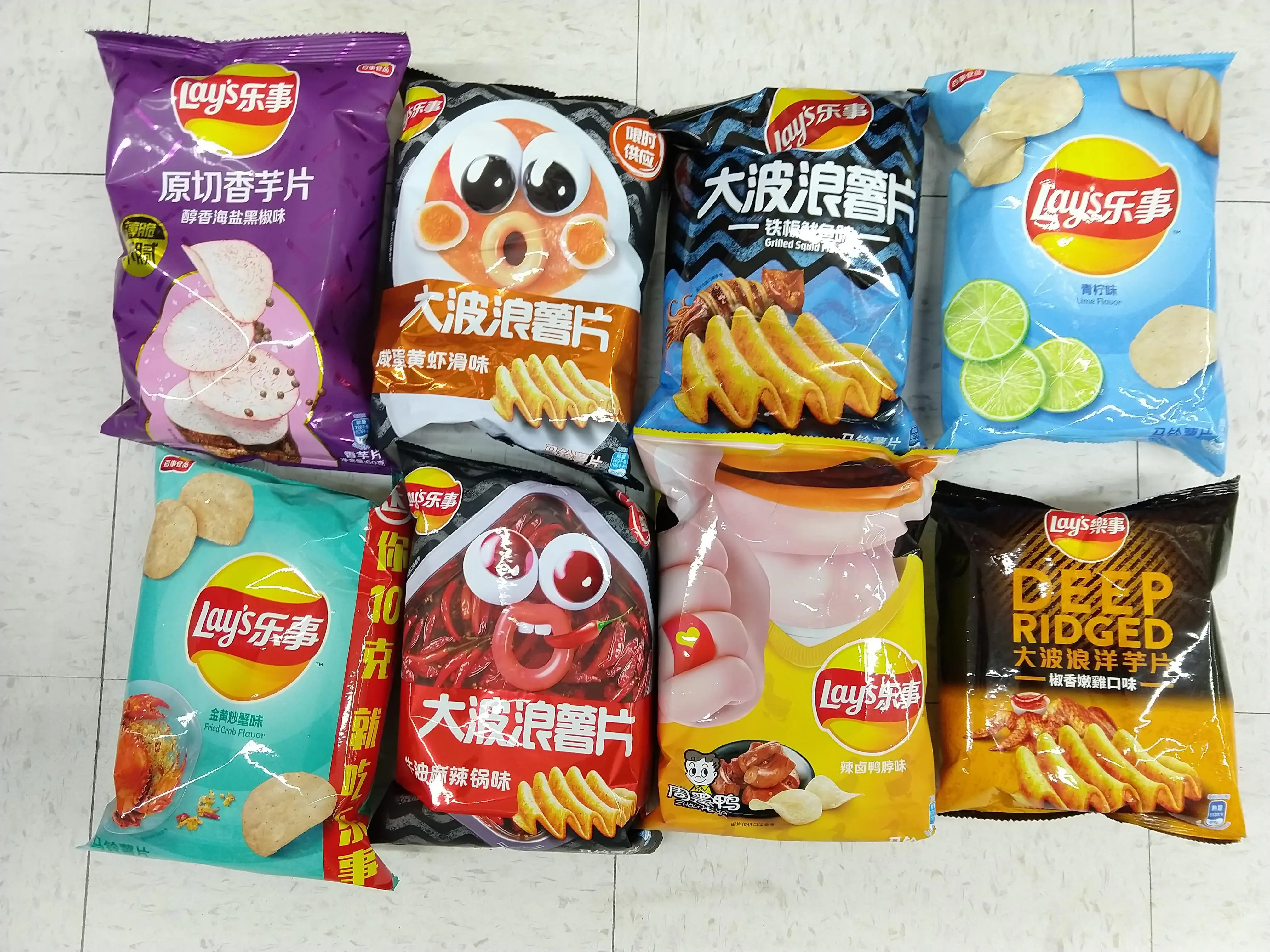
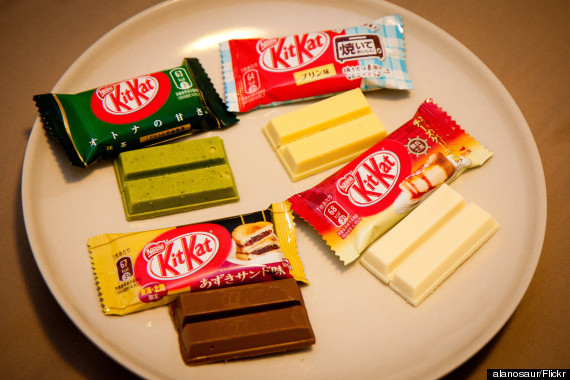
Psychological Foundations of Kuchisabishii
Numerous studies have been conducted on the psychological and biological aspects of "kuchisabishii," though not always using this specific term. Researchers have delved into the reasons why people reach for food not out of hunger, but for other reasons such as stress, boredom, or loneliness - "kuchisabishii."
 Genetic Foundations
Genetic Foundations
Research into genetics indicates that certain genes may influence the tendency towards "kuchisabishii." Scientists like Dr. Nicole Avena have identified so-called "snack genes" that may cause some individuals to struggle with feeling full because their brain registers satiety signals differently. These individuals may be more prone to overeating because their body does not send strong enough signals that they have had enough.
 The Impact of Stress and Isolation
The Impact of Stress and Isolation
Psychological studies have shown that stress and isolation significantly impact eating habits, which can lead to "kuchisabishii." One study conducted by researchers from the University of California demonstrated that individuals under stress are more likely to reach for food high in sugar and fat, which can be a form of self-medication.
This study was conducted by a group of scientists led by Dr. Elissa Epel from the University of California, San Francisco (UCSF), and published in the journal "Psychoneuroendocrinology" in 2004.

Overall Assessment
The long-term effects of "kuchisabishii" on well-being and mental health are complex. On one hand, eating can temporarily improve mood and provide a sense of comfort; on the other hand, it can lead to feelings of guilt, shame, and negative body changes, which may, in turn, worsen mental health. Studies suggest that "kuchisabishii" more often has a negative impact on overall well-being, and it is better to find healthy ways to cope with stress and emotions instead of relying solely on eating as a form of relief.
Japanese Ways of Dealing with Kuchisabishii
Ikigai Manga Dive is not a portal specializing in diets and healthy nutrition, and it is as far from giving nutritional advice as possible. Nevertheless, below, out of curiosity about Japanese culture rather than to find practical dietary advice, let's look at Japanese rules that can help combat the negative consequences of kuchisabishii.
Typically Japanese methods of dealing with "kuchisabishii" often rely on deeply rooted cultural traditions and philosophy, which promote harmony between body and mind and healthy relationships with food. Here are some examples:
 Ichiju-sansai (一汁三菜)
Ichiju-sansai (一汁三菜)
Balanced Meal: The traditional Japanese way of serving meals, consisting of one soup (ichiju) and three side dishes (sansai) to the main component, usually rice. This method promotes moderation and variety, encouraging eating smaller portions but a greater variety of nutrients, which can help reduce the impulse to "kuchisabishii".
As we remember from psychological experiments, smaller packaging, but in a greater quantity and variety, can "convince" our mind that we have eaten more than we actually have. Conversely, if we have only one type of food, even in a larger quantity, to subjectively feel full, we need to eat more. Therefore, the Ichiju-sansai principle can be very helpful here.
 Hara hachi bu (腹八分目)
Hara hachi bu (腹八分目)
Eating to 80% Fullness: This Confucian command, popular in Japanese culture, recommends stopping eating when feeling 80% full, which helps avoid overeating and encourages listening to the body's signals.
From other experiments, we know that the mind often only sends a signal that the body has received as much food as it needs after some time. If we eat until we feel full, then, due to this delay, we eat more than necessary. Hence the hara hachi bu principle can be helpful in this case.
 Kaiseki Ryori (懐石料理)
Kaiseki Ryori (懐石料理)
The Art of Japanese Meal: Kaiseki is a refined form of Japanese meal consisting of many small dishes served in a specific order. Kaiseki emphasizes the seasonality of ingredients, the aesthetics of serving, and the mindful experiencing of eating, which can help reduce "mouth hunger" (kuchisabishii) through a very large variety despite the small amounts of calories provided.
 Tea Ceremony (茶道 Sadō or 茶の湯 Chanoyu)
Tea Ceremony (茶道 Sadō or 茶の湯 Chanoyu)
Meditation through Tea: The Japanese tea brewing and drinking ceremony is a form of meditation that requires focus, calm, and mindfulness. Regularly practicing sadō can help reduce stress and control impulses related to "kuchisabishii," teaching patience and moderation.
 Minimalism and Zen
Minimalism and Zen
Simplicity and Focus: The Japanese philosophy of minimalism and Zen emphasizes simplicity, focus, and nurturing a deep gratitude for the present moment. In the context of eating, this could mean reducing processed foods, focusing on simple but nutritious meals, and appreciating the process of preparing and consuming food as a form of meditation.
By implementing these methods in daily life, not only can one cope with "kuchisabishii," but also deepen understanding of one's own eating habits and improve overall well-being. Of course, it's always easier said than done, but that's a topic for another discussion.
What Can Be Learned from the Japanese About Fighting Kuchisabishii
We know that Japanese cuisine is one of the healthier ones, which obviously affects not only the low percentage of obese people in Japanese society but also the average lifespan (one of the longest in the world). Japanese culinary culture offers a unique approach to eating that can serve as an inspiration in dealing with "kuchisabishii." Here are a few Japanese dietary strategies and practical techniques that help minimize eating out of boredom or for emotional comfort:
 Omakase (お任せ – to entrust): This tradition involves leaving the choice of dishes served in the hands of the chef, teaching trust and acceptance of what life brings. It can be applied at home, preparing meals from whatever is currently in the fridge, learning to find joy in simplicity and surprise. What does it give? At least, it prevents food wastage, and we eat on average less (by reducing supplies in the fridge we reduce the size of our dishes, that's just how it is).
Omakase (お任せ – to entrust): This tradition involves leaving the choice of dishes served in the hands of the chef, teaching trust and acceptance of what life brings. It can be applied at home, preparing meals from whatever is currently in the fridge, learning to find joy in simplicity and surprise. What does it give? At least, it prevents food wastage, and we eat on average less (by reducing supplies in the fridge we reduce the size of our dishes, that's just how it is).
 Miso Shiru de no Satori (みそ汁での悟り – awakening with miso soup): Starting the day with a bowl of miso or another light soup can not only satisfy the first hunger but also induce a state of mindfulness. Focusing on the taste, temperature, and aroma of the soup can help direct thoughts away from eating out of boredom. It is a particular kind of mindfulness, where we try to fully comprehend our surroundings, the taste of the dish, incoming sounds, our emotional and mental state. It is essentially a form of meditation and cultivating mono no aware. A frequent motif in Japanese culture, especially paired with miso soup, whose taste is exceptionally exquisite and rich in the eyes of the Japanese (tasting miso can be compared to European wine tasting).
Miso Shiru de no Satori (みそ汁での悟り – awakening with miso soup): Starting the day with a bowl of miso or another light soup can not only satisfy the first hunger but also induce a state of mindfulness. Focusing on the taste, temperature, and aroma of the soup can help direct thoughts away from eating out of boredom. It is a particular kind of mindfulness, where we try to fully comprehend our surroundings, the taste of the dish, incoming sounds, our emotional and mental state. It is essentially a form of meditation and cultivating mono no aware. A frequent motif in Japanese culture, especially paired with miso soup, whose taste is exceptionally exquisite and rich in the eyes of the Japanese (tasting miso can be compared to European wine tasting).
Kaiseki (懐石): Kaiseki, a traditional Japanese meal consisting of many small dishes, encourages celebrating diversity and paying attention to the distinct flavors of products. Preparing smaller, varied, and aesthetically presented dishes can increase satisfaction with eating and help avoid excessive consumption.
 Utilizing Seaweed in the Diet: Seaweeds like nori, wakame, or kombu are rich in minerals and can add depth to dishes without the need to add large amounts of salt or fat. Adding seaweed to salads, soups, or as wrapping for small portions of rice can satisfy the need for crunching, while being a healthy alternative. In essence, salt is hardly used in Korean and Japanese kitchens – its role is replaced by either seaweed or soy/sesame sauce.
Utilizing Seaweed in the Diet: Seaweeds like nori, wakame, or kombu are rich in minerals and can add depth to dishes without the need to add large amounts of salt or fat. Adding seaweed to salads, soups, or as wrapping for small portions of rice can satisfy the need for crunching, while being a healthy alternative. In essence, salt is hardly used in Korean and Japanese kitchens – its role is replaced by either seaweed or soy/sesame sauce.
 Using Small Bowls and Plates: Serving meals on small plates can help control portions. The visual impression of a full plate, even if it's smaller, can influence the perception of food quantity and increase the feeling of satiety. It may seem funny, but more than once, the science of the human mind called psychology has proven that such "tricks" indeed work on us.
Using Small Bowls and Plates: Serving meals on small plates can help control portions. The visual impression of a full plate, even if it's smaller, can influence the perception of food quantity and increase the feeling of satiety. It may seem funny, but more than once, the science of the human mind called psychology has proven that such "tricks" indeed work on us.
Introducing these small, practical techniques into daily life can not only help fight "kuchisabishii" but also enrich the diet with new flavors and experiences, promoting healthier eating habits.
The Depth of Flavor

Perhaps implementing even one of these methods will make someone more emotionally satisfied with the meal. And such satisfaction is not insignificant – we will be more "emotionally full," kuchisabishii won't come after us and won't force us to eat beyond what our body needs. Funny, but it seems that's how it works.
>>SEE SIMILAR ARTICLES:
Harajuku Street Styles: Boundless Creativity
Surprising World of Gyaru: How Young Japanese Women Flipped Japanese Beauty Standards Upside Down
Parasite Singles: Japan's Demographic Dilemma at the Heart of Family
Beyond Stereotypes: The True Face of Hikikomori in Japan and Worldwide
"Strong Japanese Women"
see book by the author
of the page
未開 ソビエライ
An enthusiast of Asian culture with a deep appreciation for the diverse philosophies of the world. By education, a psychologist and philologist specializing in Korean studies. At heart, a programmer (primarily for Android) and a passionate technology enthusiast, as well as a practitioner of Zen and mono no aware. In moments of tranquility, adheres to a disciplined lifestyle, firmly believing that perseverance, continuous personal growth, and dedication to one's passions are the wisest paths in life. Author of the book "Strong Women of Japan" (>>see more)
Personal motto:
"The most powerful force in the universe is compound interest." - Albert Einstein (probably)
Mike Soray
(aka Michał Sobieraj)
未開 ソビエライ
An enthusiast of Asian culture with a deep appreciation for the diverse philosophies of the world. By education, a psychologist and philologist specializing in Korean studies. At heart, a programmer (primarily for Android) and a passionate technology enthusiast, as well as a practitioner of Zen and mono no aware. In moments of tranquility, adheres to a disciplined lifestyle, firmly believing that perseverance, continuous personal growth, and dedication to one's passions are the wisest paths in life. Author of the book "Strong Women of Japan" (>>see more)
Personal motto:
"The most powerful force in the universe is compound interest." - Albert Einstein (probably)
Mike Soray
(aka Michał Sobieraj)
Write us...
Ciechanów, Polska
dr.imyon@gmail.com
___________________
inari.smart
Would you like to share your thoughts or feedback about our website or app? Leave us a message, and we’ll get back to you quickly. We value your perspective!
 Genetic Foundations
Genetic Foundations The Impact of Stress and Isolation
The Impact of Stress and Isolation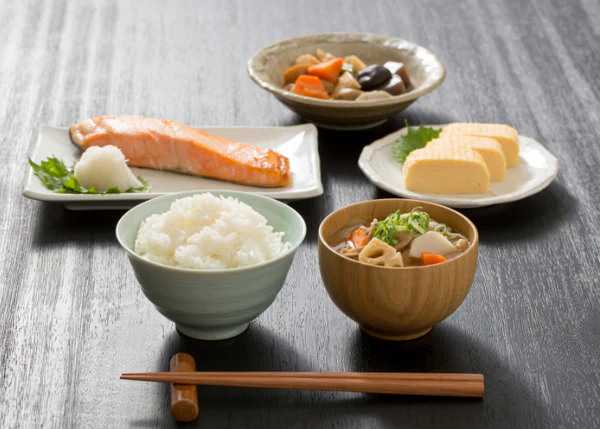 Ichiju-sansai (一汁三菜)
Ichiju-sansai (一汁三菜)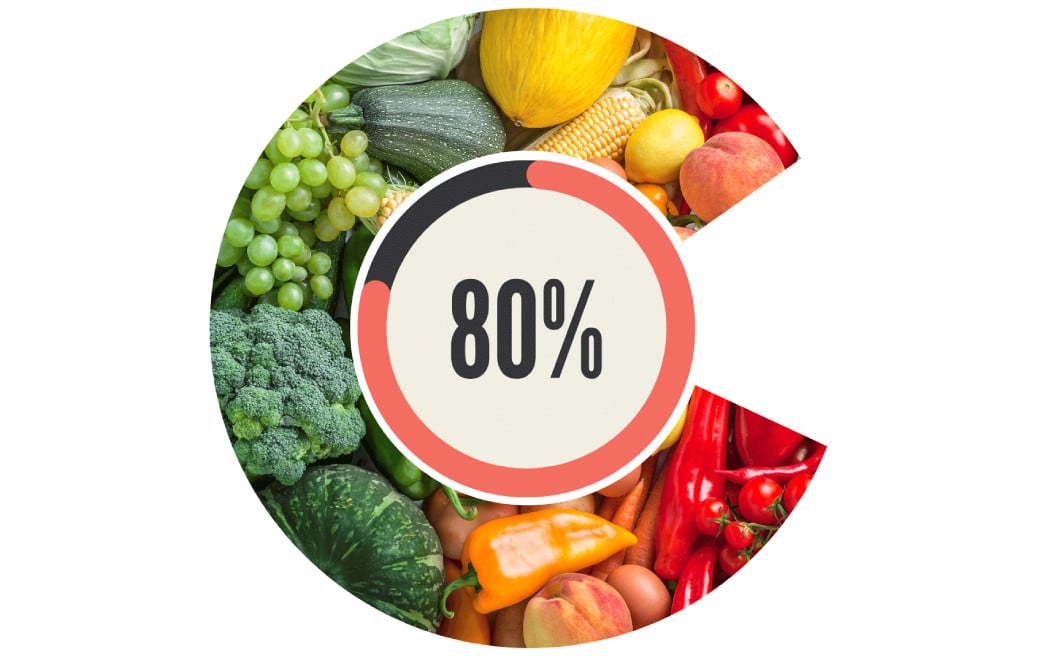 Hara hachi bu (腹八分目)
Hara hachi bu (腹八分目)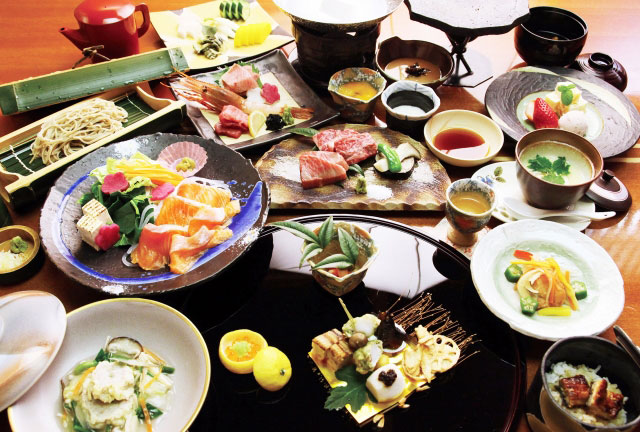 Kaiseki Ryori (懐石料理)
Kaiseki Ryori (懐石料理) Tea Ceremony (茶道 Sadō or 茶の湯 Chanoyu)
Tea Ceremony (茶道 Sadō or 茶の湯 Chanoyu) 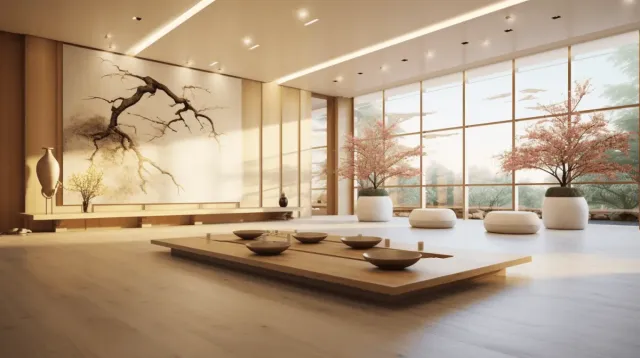 Minimalism and Zen
Minimalism and Zen Omakase (お任せ – to entrust)
Omakase (お任せ – to entrust)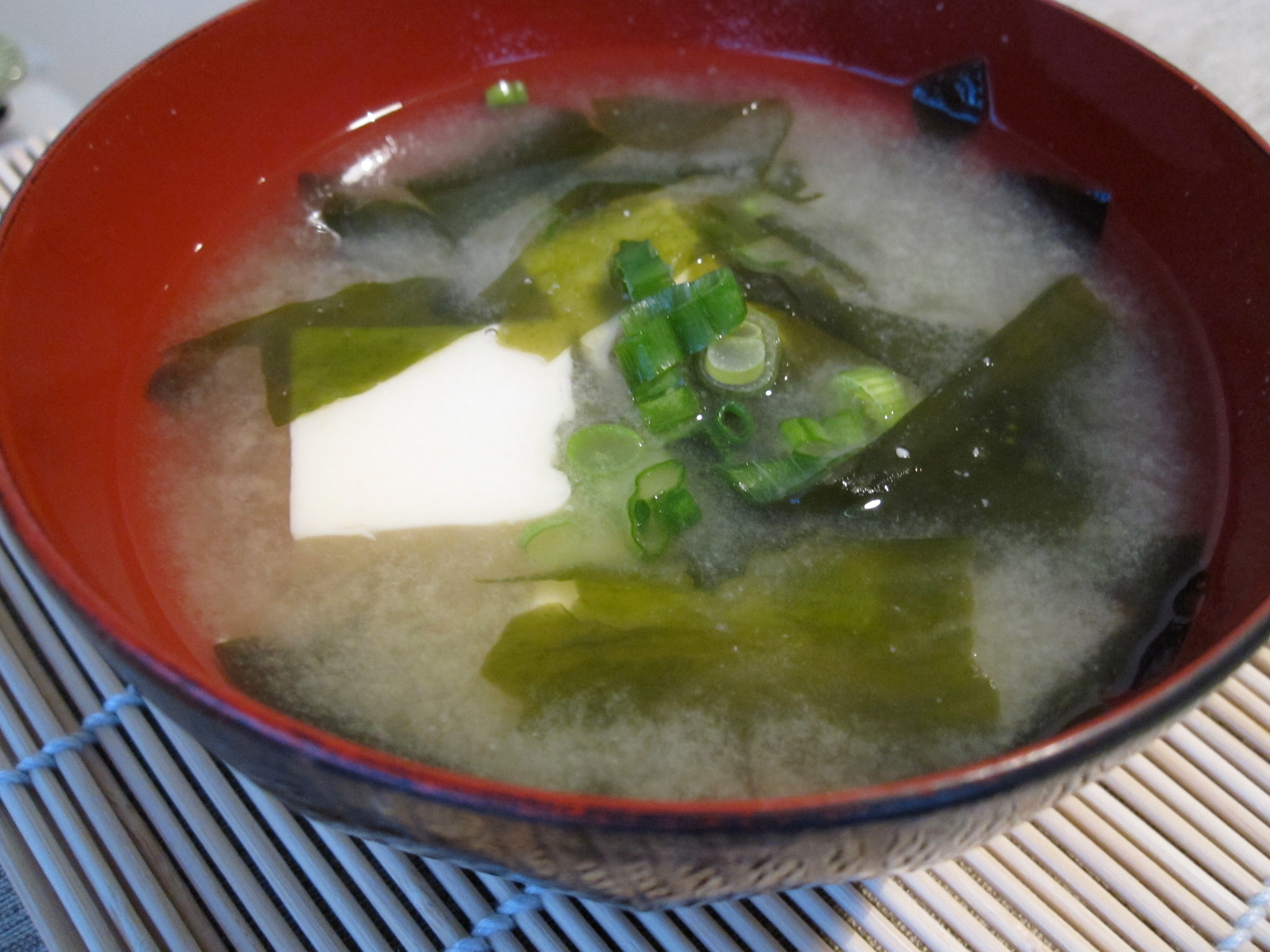 Miso Shiru de no Satori (みそ汁での悟り – awakening with miso soup)
Miso Shiru de no Satori (みそ汁での悟り – awakening with miso soup)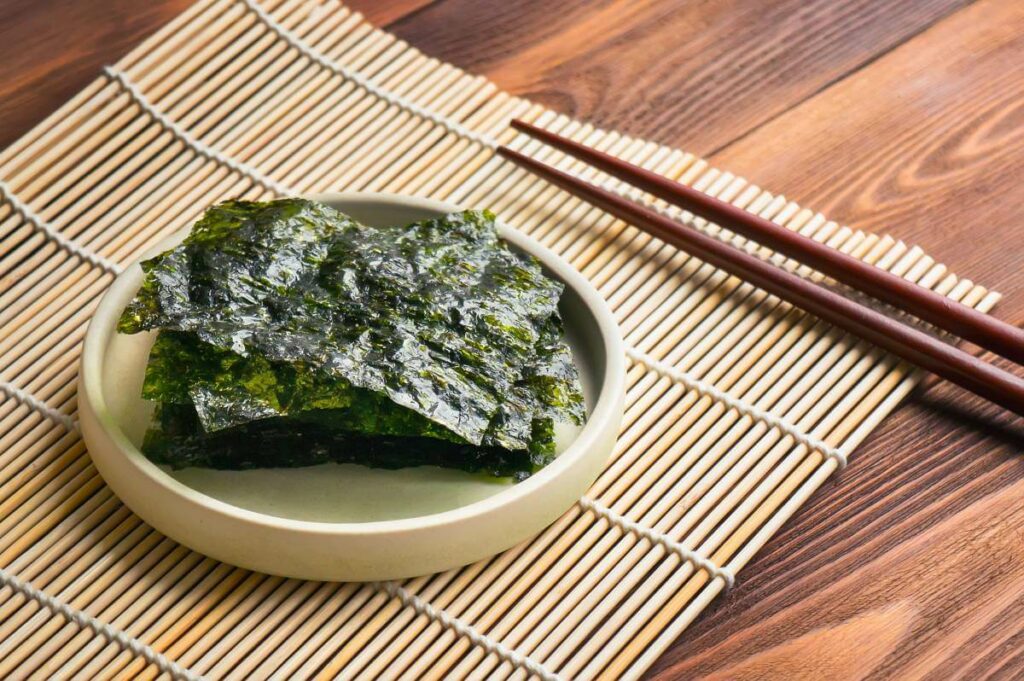 Utilizing Seaweed in the Diet
Utilizing Seaweed in the Diet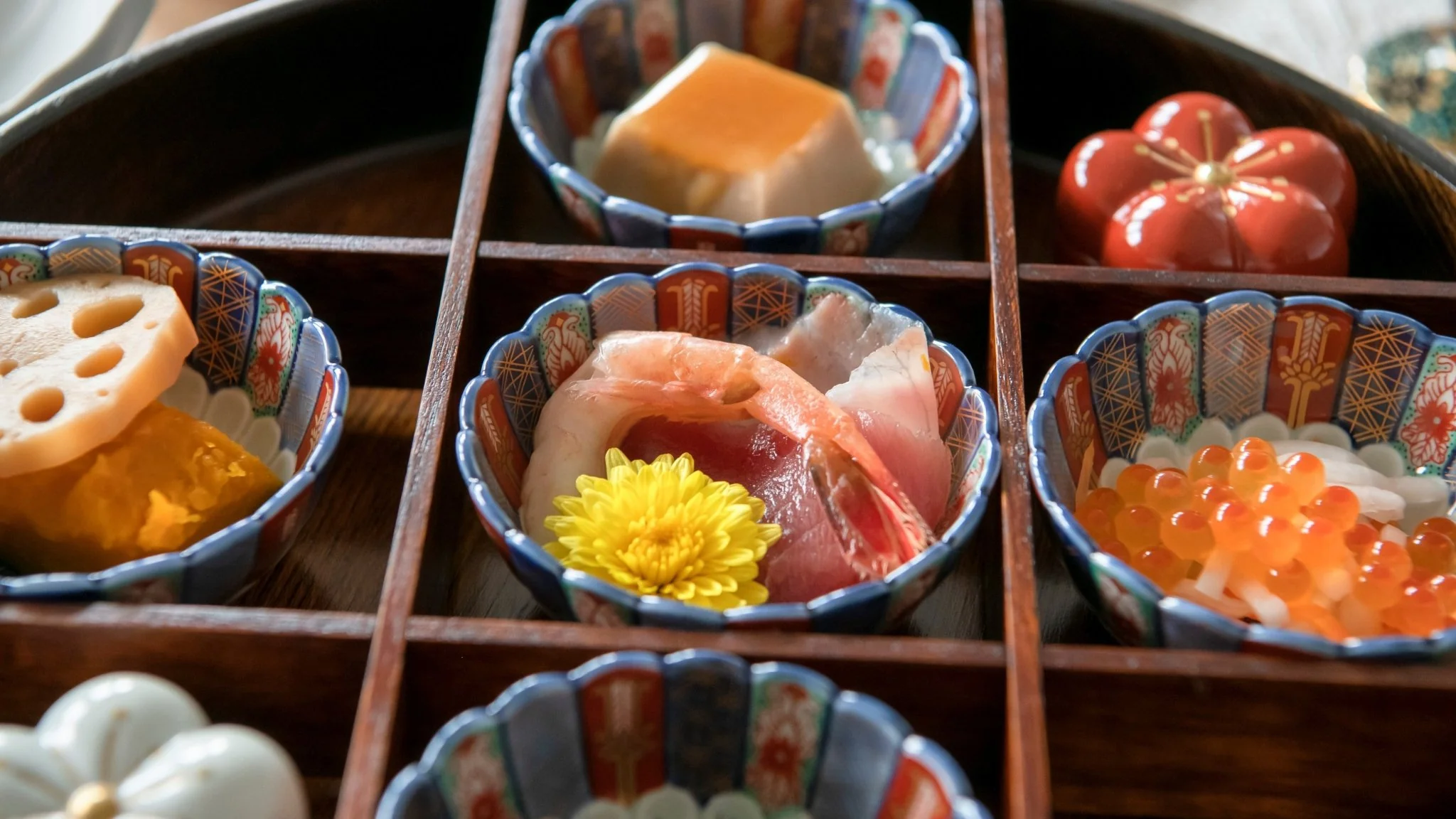 Using Small Bowls and Plates
Using Small Bowls and Plates
